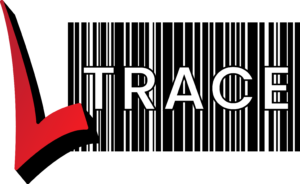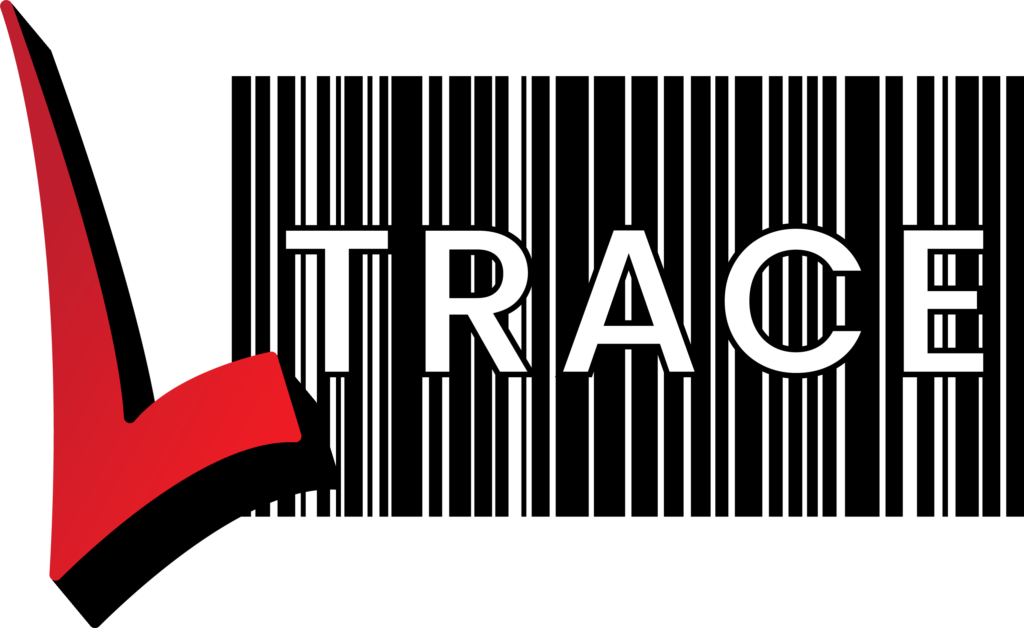Reports
History
Reports detailing the history of an item provide a comprehensive audit trail, including:
- 1. Item to sterilization/decontamination load (“What load was this sterilized in?”)
- 2. Sterilization/decontamination load to item (“What items were sterilized in this load?”)
- 3. Item to the patient (“Which patients used this item?”)
- 4. Patient to item (“Which items were used on this patient?”)
This audit trail not only ensures complete transparency but also facilitates quick and easy tracking of items, especially in emergency situations. Additionally, tracking for Creutzfeldt-Jakob Disease (CJD) is efficient, eliminating the need for manual searches through patient notes. This not only saves a significant amount of time but also addresses challenges that would be practically impossible in a manual environment.
Volume
Volume reports provide valuable insights into various aspects of the system, enabling effective management decisions. These reports allow for quick and easy determination of:
Utilization of Equipment: Assessing the usage of equipment helps in understanding demand and ensuring that assets are efficiently utilized.
Peak Times in Demand: Identifying peak times assists in optimizing resource allocation and planning for increased demand periods.
Popularity of Items: Understanding the popularity of specific items aids in inventory management and ensures that high-demand items are adequately stocked.
Volume of Work by Departments: Analyzing the workload of different departments facilitates resource allocation and ensures each department has sufficient support.
Adjusting asset levels based on these reports ensures that demand is met without unnecessary excess stock. Lowering stock levels helps in cost savings, while maintaining sufficient stock prevents shortages.
Utilization reports provide insights into whether the equipment is adequate for current demand, aiding in optimizing staff levels during different times of the day and week. This information is crucial for effective resource management.
Costing
Associating each item with a weight and cost allows volume reports to not only reflect usage but also quantify the value and cost associated with the items. This weighting system can be instrumental in evaluating how effectively the equipment is being utilized. Furthermore, by linking each usage area to a specific customer or department, costs can be accurately allocated. This ensures precise distribution of expenses, preventing one customer or department from subsidizing another. The system supports transparent billing of work, making it easy to justify the amounts charged, promoting fairness and accountability in financial transactions.

